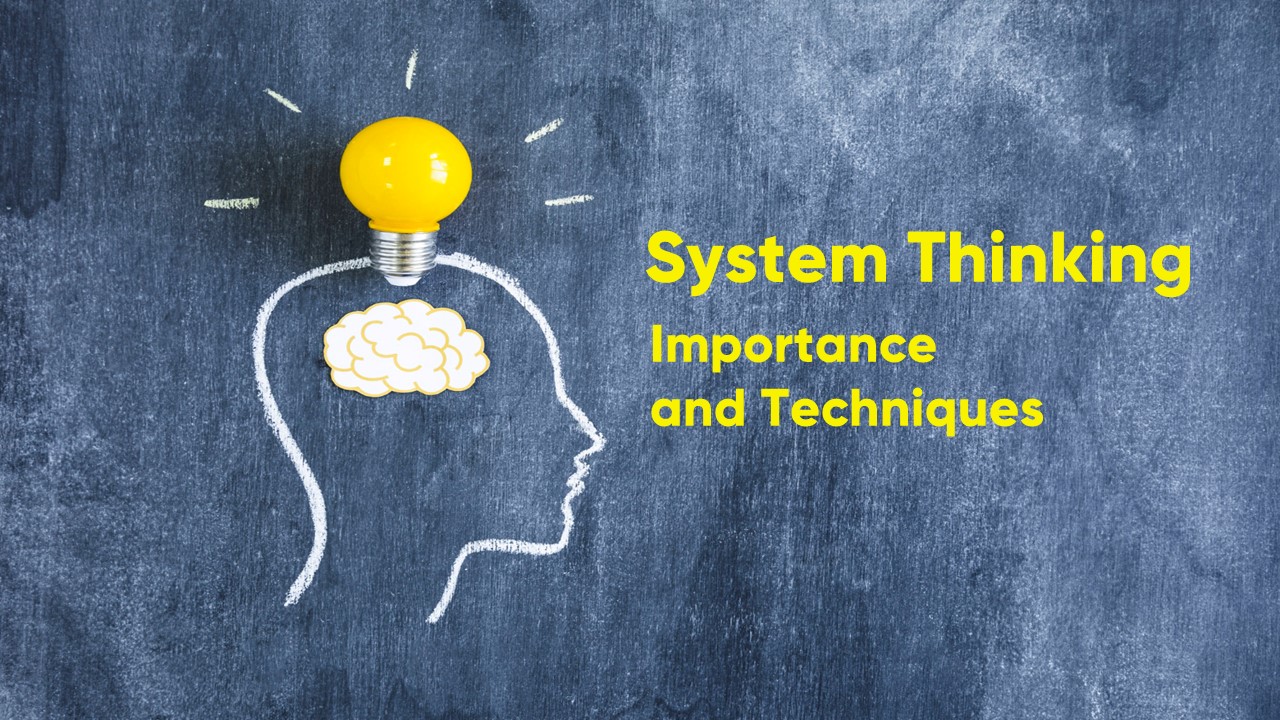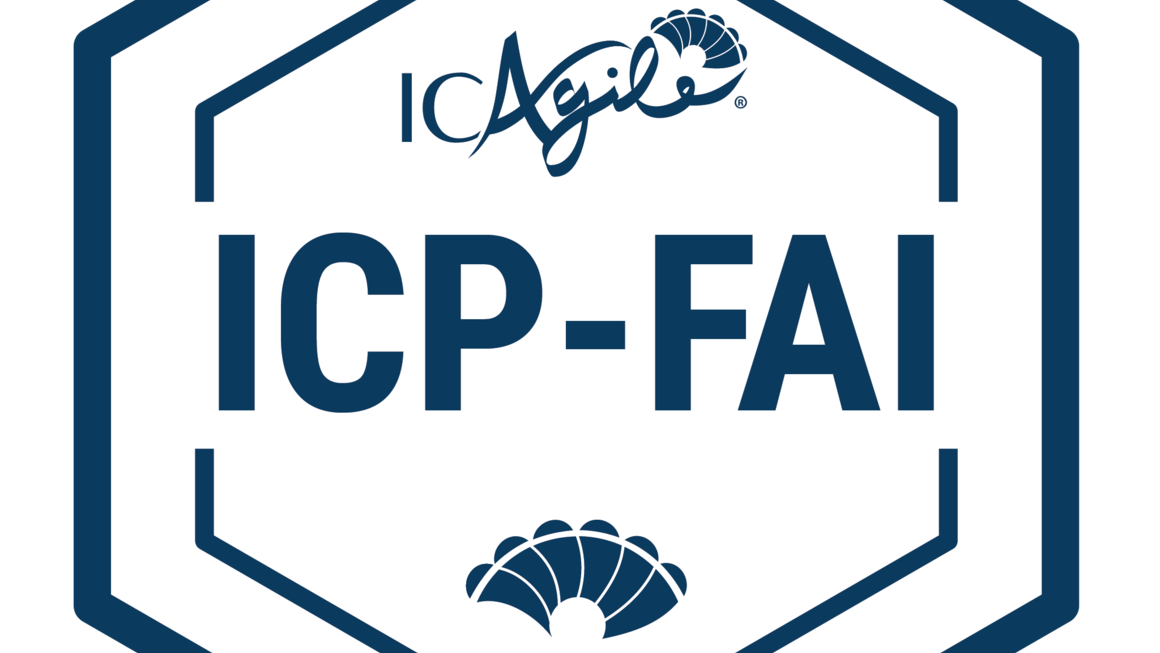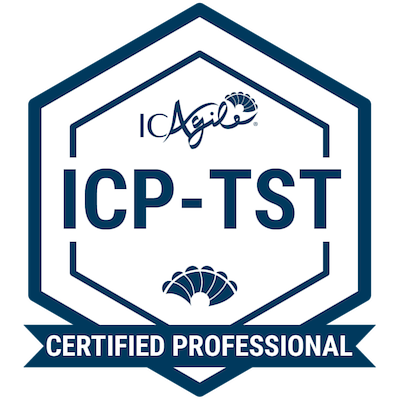In one of my previous posts I told you that I have completed a 5-week training on System Thinking. You find it here Diving Into System Thinking.
Thinking is a process that allows us to solve various problems. It is necessary to make decisions, analyze information, plan actions and predict the consequences of our actions. We use thinking in daily life, such as choosing products in the store or solving mathematical problems. It is also essential for professional activities, such as scientific research, technology development, project creation, etc.
Thinking helps us develop and improve our skills. A person who can think critically and logically can make more reasoned and balanced decisions. In addition, thinking helps adapt to changing life and overcome difficulties.
Thus, thinking plays an important role in our lives, providing us with the ability to make decisions and act in various situations.
Analytical thinking is the ability to analyze and understand complex information, identify the main things, determine cause-and-effect relationships, and make conclusions. It enables people to solve problems effectively and make informed decisions based on logical reasoning.
With analytical thinking, the phenomenon or the problem being studied is mentally divided into its parts. This allows for precise, detailed, concrete research, accordingly to the task, abstracting from external connections and random influences.
However, the analytical approach often does not work when it comes to people and events since they are unpredictable and uncontrollable and do not always obey the laws of logic.
System thinking, on the other hand, is the ability to consider phenomena and processes as part of a larger system, understand cause-and-effect relationships and interactions between system elements. It allows for considering problems and tasks in a complex, taking into account their interaction with other aspects.
With developed system thinking you can see the big picture, understand the relationship between different elements and evaluate the possible consequences of their actions for the system as a whole. You can analyze complex systems and find solutions that take into account all aspects of the problem.
There are various tools for visualizing the situation and finding solutions to the problem, such as Ishikawa diagram, Tree diagram, Link diagram, 5 Whys method, SCAMPER, Kaplan-Trego Matrix, and many others.
Each of these tools has its advantages and can be used to analyze various types of systems and problems. For example, cause-and-effect diagrams are used to identify the main causes of problems, structural diagrams are used to visualize the structure of the system, and interaction diagrams are used to identify the relationships between different system elements.
System thinking generates a prospective, three-dimensional vision of the world, allowing for non-standard evaluation of events in our life and reacting to them more adequately. Thus, solutions can be explored in 3D format.
How to do it:
- Look at the problem from your point of view. To do this, ask yourself questions: Do I have all the necessary information? Have I taken into account all the circumstances? Are there any shortcomings in my approach to the problem? Can my solution lead to the recurrence of the problem?
- Look at the problem from the point of view of other people involved in the problem. Ask yourself questions: What does another person think/feel in this situation? What solutions could he/she offer?
- Look at the problem from a meta-position. To better understand and embrace the problem situation as a whole, you need to go beyond its limits. This position opens up new horizons of awareness, allowing you to see current processes differently and assess them without emotion.
It is not easy, but the more you apply this tool, the faster you will learn to use it correctly, and it will benefit you.
Which tools do you prefer to use? Why? It would be great if you share your opinion.
Do not hesitate to contact me on Telegram or at LinkedIn – just click one of these words.




